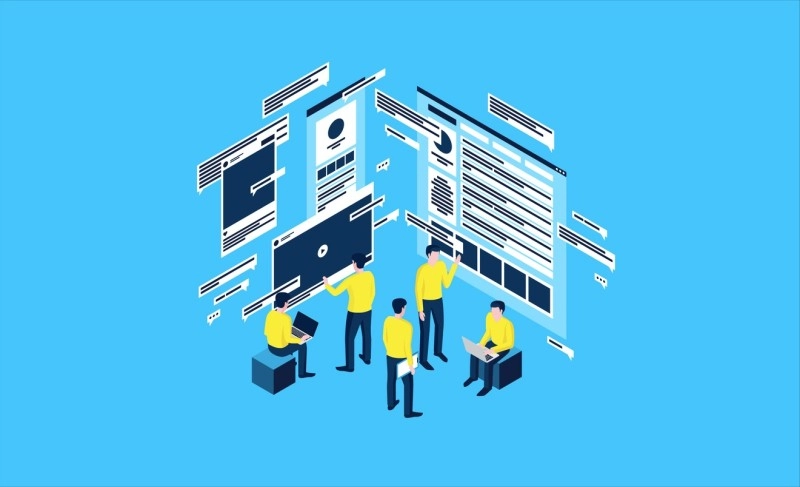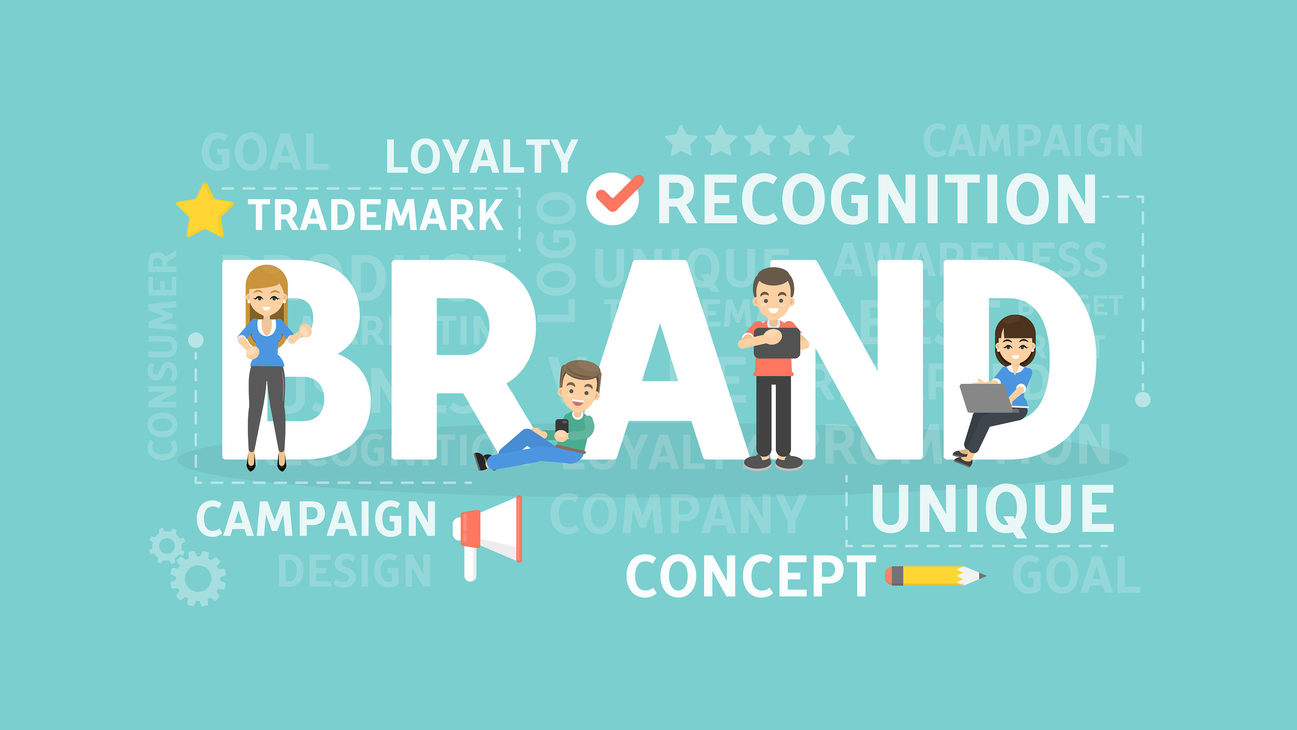With brand awareness, of course.
Brand awareness helps customers recognize and think about your brand. When they’re hungry, they think of Big Macs at McDonald’s. When they’re thirsty, they think of Coke. When they need to rent a moving truck, they think of U-Haul. That’s brand awareness in action. But how do you go from an anonymous brand to an integral part of your ideal customer’s thoughts, wants, needs, and behaviors? That’s the question we’re answering below. This article will walk you through everything you need to know about brand awareness: what it is, why it matters, how to measure it, and how to increase it. Try the 8 foolproof strategies below to spread your brand awareness like wildfire.What Is Brand Awareness?
Brand awareness is marketing jargon that describes how well a customer can recognize your brand based on several elements:- Name: When someone sees your brand’s name, do they know what products and services you sell?
- Logo: Can a customer recognize your brand just by looking at your logo?
- Tagline and Slogans: You know who we’re talking about when we say “Just Do It” or “Can You Hear Me Now?”
- Colors: When you see a soda can with a rich blue color, it’s almost always going to be a Pepsi.
- Products: Recognized a brand based solely on the product. For example, if someone knew an automobile company just by looking at the engine.
- Services: Tying a brand to a specific service. When you see someone hop out of a car with their head looking down at their phone, it’s safe to assume they were in an Uber or Lyft.
- Loyal Ambassadors: You want people to associate with your brand. For example, when someone says they’re a Nike or Apple person, they’ve become loyal ambassadors. You don’t have to sell to these people. They buy no matter what—and they often encourage their friends (and complete strangers) to purchase, too.
- Eponyms: An eponym is when a brand’s proprietary name or product becomes a general word. For example, when someone asks for a Kleenex (but really just means a tissue) or a Coke (when they just mean a soda). Once you’ve reached this status, your brand has become immortalized.

How to Measure Brand Awareness
Before we start talking about brand awareness-building strategies, you need to understand how to measure brand awareness. What gets measured gets done—plus, you need to know if your strategies are working. Now, measuring brand awareness is tricky. Some subtle biases and unknowns make the results a bit murky. To get a more perfect view, you’ll need to conduct in-depth studies with huge numbers of participants. As you can imagine, it’s not cheap. Instead, we’ll walk you through a few free and low-cost ways to measure brand awareness:Direct Traffic
Direct traffic to your website is when visitors type your URL into their search browser—it’s not when they click a Google search result, Facebook link, or advertisement. More direct traffic means more people are learning about you (online or offline) and visiting your site intentionally.Social Engagement
Your number of followers, comments, likes, retweets, and direct messages illustrate your growing brand awareness. It shows how many people know your brand and interact with it.Google Alerts
Set up Google Alerts to ping you whenever you’re mentioned online. If news outlets and other blogs talk about your brand more frequently, your brand awareness is going up.Social Listening
Advanced social media management tools help you monitor whenever your brand or hashtags are mentioned on a social network (even if the content doesn’t tag you). Tracking this can help you observe how often you’re coming up in conversations.8 Strategies to Increase Brand Awareness
We want to help your small business or startup take off with your audience, but we know you don’t have an insane budget to blow. That’s why we’re not going to recommend purchasing a Super Bowl commercial spot or getting Kim Kardashian to endorse your product. Wouldn’t that be nice, though? Instead, we’re going to give you inexpensive brand-building strategies. They might not yield results as instantaneously as an ad to millions of viewers, but they’ll influence amazing outcomes if you put in the time and effort. Roll up your sleeves because it’s time to get to work.1. Put Your Name Out There
You can’t wait for people to find you. No one is going to accidentally type in your URL (usually) or start following a random account on Instagram. You have to put in the work to put your name out there. That includes:- Creating social media accounts on your target market’s networks and getting active with the community
- Publishing unique, shareable content on your website or blog
- Generating organic search traffic to your website with search engine optimization (SEO) tactics
- Guest blogging on other websites to expose your brand to new audiences
- Launching affiliate marketing campaigns to encourage other brands to promote your business
- Promoting your brand with social media, video, and display advertisements
- Sponsoring local or online events your audience plans to attend
2. Tell a Story
People don’t always remember products—but they remember stories. Make your brand about more than just products, features, and money. Make it larger than life. Think about TOMS. Customers didn’t rave about how durable the shoes were (because they weren’t). They purchased and shared because of the brand’s buy-one-give-one model. Or take Nike, for example. Nike is less about their products and more about what they enable you to do. Run faster, jump higher, play harder, perform longer—that’s what you get with Nike. Look at any Nike advertisement or commercial, and you’ll notice that’s the story they tell. What story can your brand tell that’ll make customers remember you? This practice isn’t easy, so don’t beat yourself up if it doesn’t come to you right away. However, it’s worth the time to figure out your narrative because it could become your number one brand awareness builder.
3. Create a Product That Solves a Problem
We said top-notch products alone don’t guarantee brand awareness, but sometimes they can. Take Tesla, for example. The brand’s game-changing products tell a story (saving the world), and everybody loves them, so they naturally crave the product and share it. If your product is revolutionary, it has the potential to spread with your target market. However, don’t make the mistake of thinking great products market themselves. Think of it more as a catalyst.4. Invest in Public Relations
Public relations might not be the first marketing tactic on your mind, but it has the potential to grow your brand awareness with no investment. Well, except for your time, that is. Pitch your brand, mission, or products to journalists and publications to see if they’ll bite. You’ll need a compelling story they’d want to share. Public relations isn’t just limited to press releases and media outreach. Remember the ALS Ice Bucket Challenge years ago? The one that had all your friends dumping buckets of ice water on their heads, donating money, and nominating friends? That’s a prime example of a clever public relations move.5. Sponsor a Person or Event
Sponsorship can get your brand in front of the right audience. Sponsor the right person or event, and you could get tons of brand exposure for often minimal costs. It doesn’t need to be a huge sponsorship, either. If your target market is parents in your community, securing a deal with the local little league baseball team will get your brand front and center on Saturday mornings and whenever they do the laundry. Or think about Marc-André Leclerc. Leclerc was a relatively unknown Canadian rock climber and alpinist who was arguably one of the best who ever lived. Arc’teryx helped sponsor his gear and adventures, assisting the solo climber in fulfilling his dreams and smashing world records. Leclerc has since passed, but a film called The Alpinist was released, documenting his journeys and accomplishments—and everyone wants to know what gear he relies on when suspending himself thousands of feet off the ground, all by his lonesome. Now, Arc’teryx gets some great attention and validation for 1 hour and 33 minutes every time a viewer sits down to watch the film.6. Win the Right Keywords
Help your audience find your brand by winning key search results. Search engine optimization (SEO) is a long-term strategy, but it pays dividends if you get it right. SEO can increase brand awareness with an untapped market of potential customers that may have never heard of your business before. Find keywords that your target market searches. For example, if you sell a stand mixer, you might try to capture search traffic for related terms like “stand mixer pizza dough,” “how to make bread dough,” or “mashed potatoes in a stand mixer.” Write a compelling piece of content on these topics, and your audience might just stumble across your site looking for answers to their questions.7. Experiment with Traditional Advertising
Depending on your audience, a radio commercial or billboard advertisement might be the best way to get their attention. Put your ad in the right spot, and your target market might encounter it multiple times a day (every week, every month, every year). If they see or hear it enough, they’ll begin to recognize your brand. They might not become a customer on the spot, but they’ll be familiar with your brand when the time is right.8. Start a Podcast
57% of US consumers listened to a podcast in 2021—up from 55% in 2020. In an increasingly busy world, people need a hands-off way to find entertainment and information, and podcasts fit the bill nicely. Create compelling episodes or leverage an influencer to bring attention to your podcast. Make it more about the content than about your brand. Don’t want to host and produce your own podcast? Consider finding one to sponsor.Grow Your Brand Awareness with Instagram
Instagram has over 2 billion monthly users, and there’s a good chance your target market is on the platform. Gain more followers to increase your reach and help your content reach more consumers. That’s easier said than done, which is why we created a class on how to make it happen. Join our exclusive free training to learn how to go from 0 to 500K+ followers in less than 12 months. Our founder, Nathan Chan, breaks down the same strategies and tips he used to grow our Instagram following from nothing to what it is now—3.4M followers. If you want a low-cost, organic way to grow your brand awareness, this is it.Source: https://foundr.com/articles/marketing/brand-awareness


